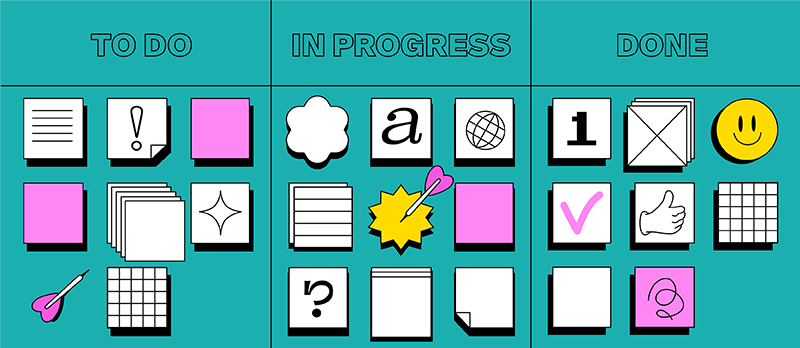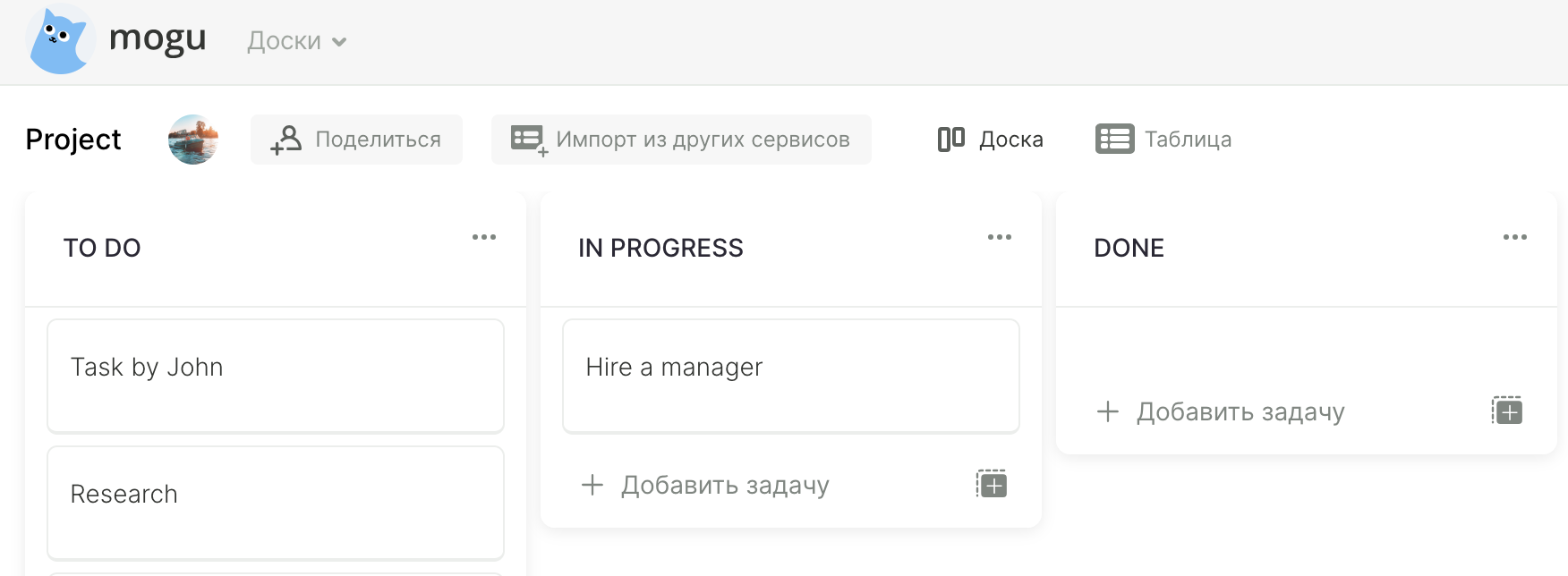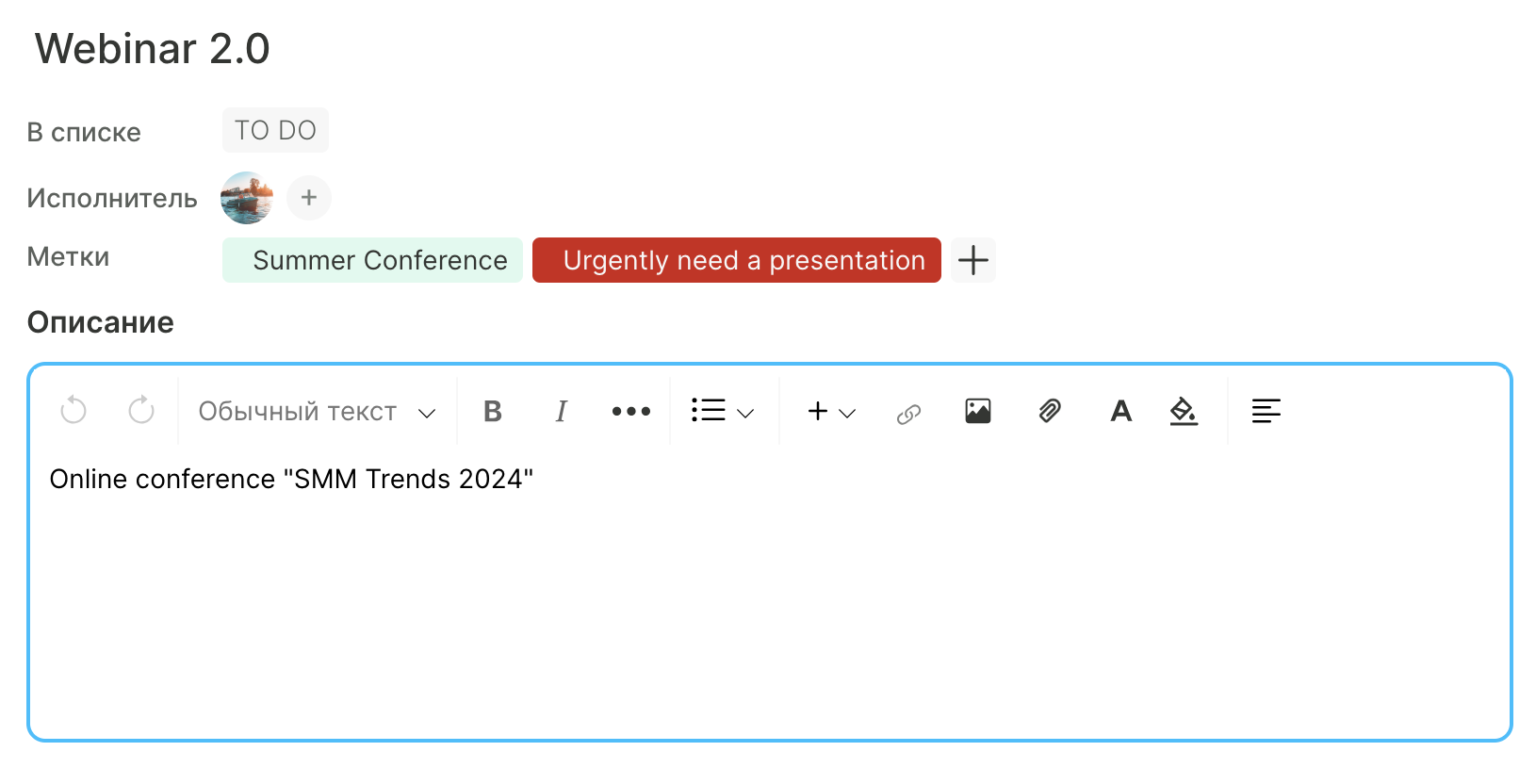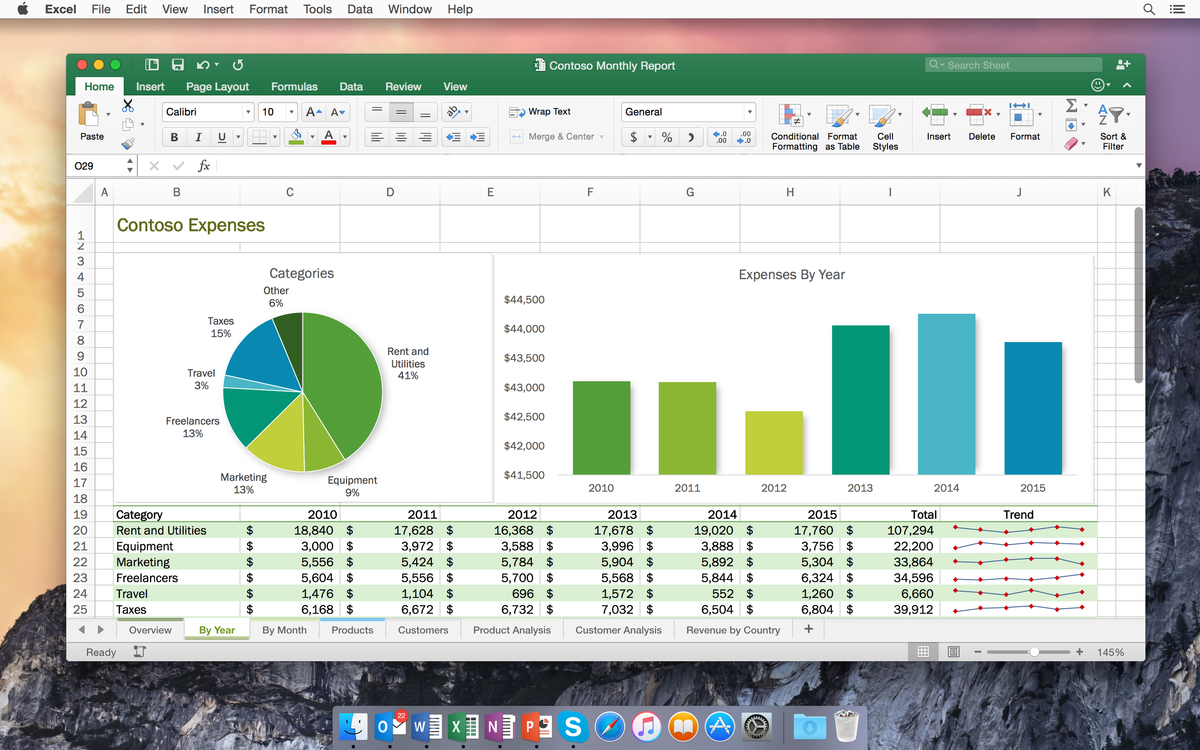What is Kanban

Kanban is a task and workflow management system that is used in various fields, especially often in digital teams. The main goal of kanban is to optimize workflows by eliminating excessive workload, minimizing downtime and improving overall efficiency.
The basic idea of kanban is to use visual boards that display tasks and their statuses. Each task is represented by a card that shows information about the task and its current status. The cards move around the board as the task progresses from one stage to the next. This way, the team always has a clear view of the current status of tasks and can easily prioritize and allocate resources.
To get a better understanding let’s take a practical example. You are the head of a full-service marketing agency. You have more than 50 employees, from content makers to project managers. The agency simultaneously runs 20 projects, plus the sales department works on attracting new clients, and the short list of hot leads is about 20 companies. For continuous improvement of the company’s efficiency it is necessary to be aware of every project progress, and if necessary to track the status of any task. And this is where the kanban method comes in to help visualize the process.

Kanban allows you to implement incrementally and scale as needed. A team can start with a standard board that displays three columns: “To do,” “In Progress,” and “Done.” Additional columns can then be added to reflect complex stages or phases of a task.
Kanban also promotes transparency and communication within the team. All team members can see what’s going on in the workflow and can easily communicate about the status of tasks and issues that arise. This reduces the risk of missing important information and increases collective understanding of goals and priorities.
Useful elements of the kanban methodology include checklists. Any task can be broken down into several items using the MOGU task tracker. Let’s imagine you are preparing for a conference. Then your task would look something like this:

MOGU users also note the convenience of using deadlines and labels in kanban boards. With dozens of tasks, it’s easy to forget about deadlines. By setting a deadline through the calendar, the probability of missing a burning task is minimized. And with the help of tags, you can additionally mark priority tasks.

What are the differences between Kanban and Scrum?
Kanban and Scrum are two different approaches to project management and team organization.
Kanban is a method of workflow management based on visibility and limiting work in process. The basic idea is to present all tasks as cards on a board (Kanban board) and control their movement through different stages of execution. This allows the team to easily track progress, distribute tasks and improve performance.
Scrum is a method of managing a product development team. It is based on iterative development broken down into short periods of time called sprints. During a sprint, the team works towards a specific goal, and at the end of the sprint presents the finished product element.
We will soon add a separate article detailing the differences between these methodologies.
In general, the kanban system provides the team with a technologically simple, but nevertheless powerful tool for managing tasks and projects. Implementing kanban requires an understanding of the main project directions and flexibility in adapting the team, as this method may seem like an added complexity to some colleagues at the beginning of the journey.
Fill out the feedback form on the homepage and we will tell you how to effectively and quickly implement the kanban method in your project.


